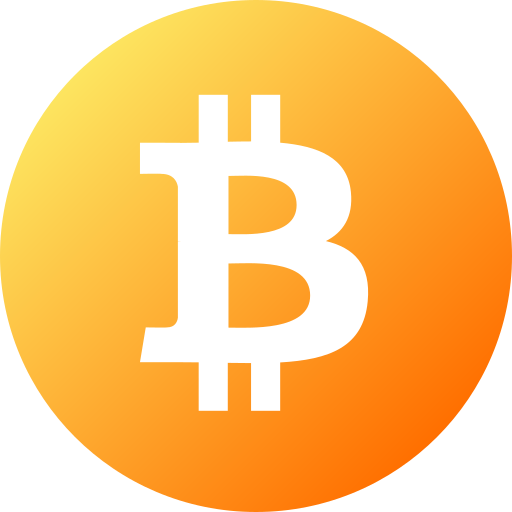Tech, Bitcoin, Bitcoin ordinals, Data Storage, Bitcoin Core, News Removing the blockchain’s OP_RETURN measurement controls would permit extra information to be embedded in transactions. Critics say it will solely be used for spam.
Bitcoin builders are once more at odds over how the world’s oldest and largest blockchain ought to deal with storing info on-chain, with a proposal to chill out long-standing limits on the dimensions of knowledge held sparking fierce debate harking back to 2023’s battles over Ordinals.
The blockchain’s OP_RETURN characteristic permits individuals connect a small piece of additional information to a transaction It is commonly used for issues like notes, timestamps or digital information. The proposed change, put ahead by developer Peter Todd, would take away the 80-byte cap on such information, a restrict initially designed to discourage spam and protect the blockchain’s monetary integrity.
Supporters argue the present restrict is pointless as a result of customers are already bypassing it by utilizing Taproot transactions, to cover information inside elements of the transaction meant for cryptographic signatures. This is how Ordinals and Inscriptions work (and why they’ve their critics): They embed photos or textual content into Taproot transactions which are usually unspendable, turning the Bitcoin blockchain right into a sort of information storage system.
Bitcoin Core developer Luke Dashjr, a vocal critic of Ordinals, which he has lengthy labeled a “spam attack” on the blockchain, referred to as the proposal “utter insanity” and warned that loosening information restrictions would speed up what he sees because the degradation of Bitcoin’s financial-first function.
“It should be needless to say, but this idea is utter insanity,” Dashjr posted. “The bugs should be fixed, not the abuse embraced.”
Critics of the proposal even have one other concern. The change might normalize unlawful content material storage, degrade the chain’s fungibility, and switch node operators into unwitting hosts of malware and copyright violations.
To reveal the potential maelstrom this may occasionally deliver, one Ordinals workforce inscribed a whole Nintendo 64 emulator onto the blockchain, which can get the eye of Nintendo, an organization identified for being protective of its intellectual property.
Supporters of the change, together with Pieter Wuille and Sjors Provoost, argued that enjoyable OP_RETURN limits may very well scale back what’s generally known as UTXO (unspent transaction output) bloat, a phenomenon that slows down the blockchain when the community will get cluttered with non-financial transactions, and mempool fragmentation.
UTXO bloat is a documented facet impact of Ordinals and Inscriptions utilizing Taproot transactions. For instance, in May 2023, on the peak of Ordinals’ recognition, the Bitcoin blockchain turned so congested Binance had to suspend bitcoin (BTC) withdrawals for quite a lot of hours.
“The demand exists,” Wuille wrote. “And pushing it outside the public relay network only causes greater harm.”
For now, the proposal stays underneath evaluation. One factor is for sure: The depth of debate on GitHub and blockchain developer mailing lists reveals the battle for Bitcoin’s id is way from over.
CoinDesk: Bitcoin, Ethereum, Crypto News and Price Data Read More
